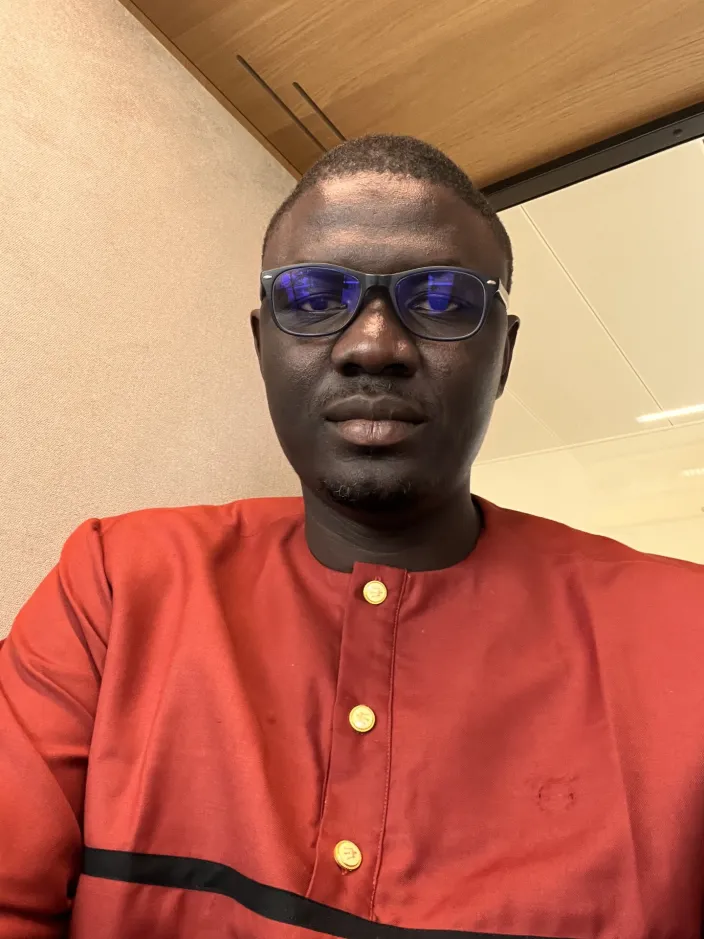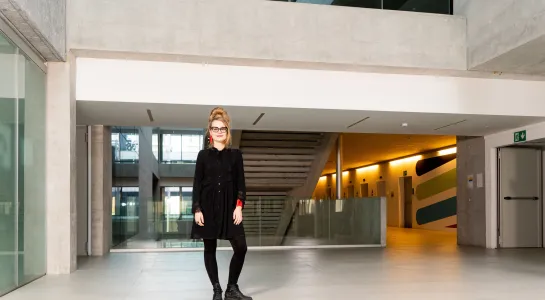
Beyond Aid: the New Role of NGOs in Local Development
In the increasingly challenging context of humanitarian assistance and international development, the role of NGOs is changing. No longer just aid providers, these organizations are becoming true partners in the advancement of local communities. We talk about this with San Moumassou Njona, Executive Master in Management of International Organizations at SDA Bocconi in 2020 and currently Program Manager for Gambia, Senegal and Guinea for Gavi, the Vaccine Alliance. San has held various roles for other humanitarian organizations, including IEDA Relief, NorCap (NRC) and the United Nations Office for Project Services (UNOPS). From the challenges of coordinating NGOs and governments to the need for greater community involvement, Njona guides us through the changes taking place and the prospects for the future of the humanitarian sector in Africa.
San, could you start by telling us about your experience?
Certainly. I have spent about a decade working in various humanitarian and development roles—I also did voluntary work for one and half years with UNHRC, and the rest in various capacities, including my time at Bocconi and involvement with the Norwegian Refugee Council and the UNOPS. During this period, I worked on a variety of programs covering health, education, peacebuilding, and economic recovery. During that period, I witnessed the evolution of NGOs in Sub-Saharan Africa and I would add that it has been particularly interesting to witness: I noted with great satisfaction the shift in their role, from simply being aid providers to becoming real development partners.
What exactly do you mean by ‘partner’ in this context?
Many NGOs have changed their approach. Rather than imposing donor-driven agendas, they now work directly with local communities, employing local people and collaborating with them in initiating and designing programs. This approach ensures a more inclusive, collaborative partnership. Previously, NGOs would often enter communities without understanding local structures, leading to inefficient programs. Now, there’s a shift towards capacity building and transitioning responsibilities to local entities.
That sounds like a positive shift. But are there still open problems?
Absolutely. NGOs often have more resources than local authorities, which can lead to a brain drain, where skilled professionals leave government roles for better-paying NGO positions. This weakens institutions. In some cases, NGOs even act as de facto or take over government roles, which raises concerns about long-term sustainability. Another challenge is fragmentation: when interventions aren’t well coordinated, redundant efforts arise, leading to a waste of resources.
Can you elaborate on these coordination difficulties? Do you mean between NGOs and governments, or also among NGOs themselves?
It’s both. NGOs often receive funding from different donors, each with its own agenda. If there’s no coordination, two NGOs might find themselves implementing nearly identical programs in the same school or village. Without proper coordination, efforts overlap, creating inefficiencies. To address this, coordination mechanisms have been established, often led by OCHA (United Nations Office for the Coordination of Humanitarian Affairs). These actions help, but the problem persists, especially in remote areas.
Given these challenges, how do you propose improving coordination?
There are several ways to address this issue from my experience. For a start, NGOs working in the same areas should establish forums to discuss needs assessments and intervention plans, ensuring clear division of responsibilities. Then, NGOs should improve accountability, which is currently mostly to donors and central authorities, not local communities. NGOs should conduct after-action reviews within the communities they serve, discussing what worked, what didn’t, and how to improve.
In your view, are we moving in the right direction?
I wouldn’t say it’s just a feeling—there are clear indicators that we are moving in that direction. The increasing scarcity of resources means that NGOs and development actors must work more efficiently. Furthermore, communities are becoming more vocal about their involvement in decision-making circles. This would enable humanitarian and development organizations to work together more closely, ensuring that their interventions are genuinely community-driven. A positive trend is the emergence of local NGO networks in the Sahel and Great Lakes regions. However, donors must also play a role by listening to these local networks and providing the necessary resources to support sustainable solutions.
Also, as relief operators, let’s face it: if a community has received five years of humanitarian intervention on the same issue with no improvement, something is wrong. A master’s degree takes five years—surely a community can achieve progress in the same time frame. Long-term interventions must lead to self-sufficiency, not perpetual dependency on aid.
